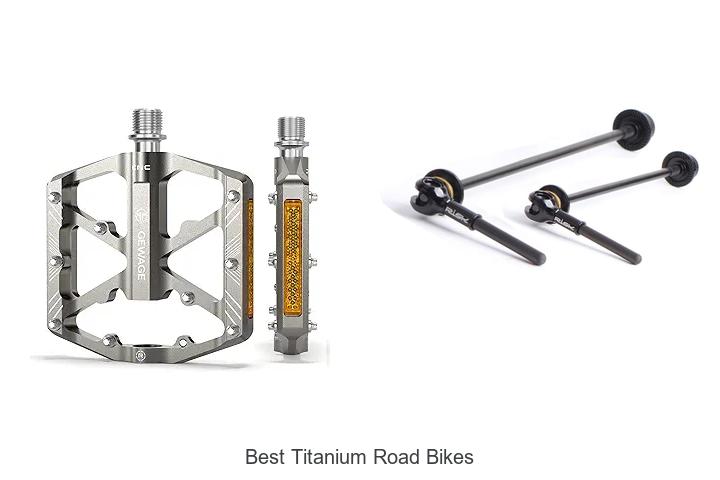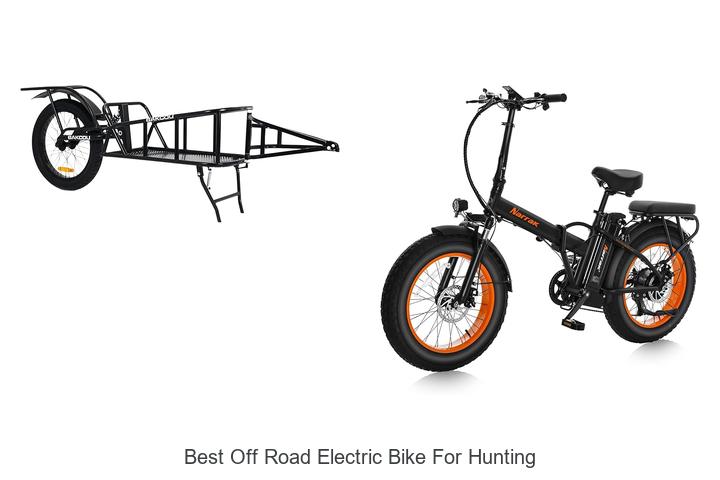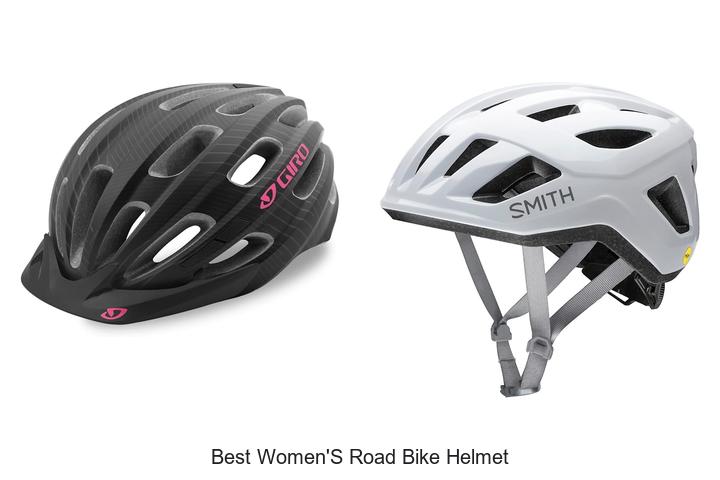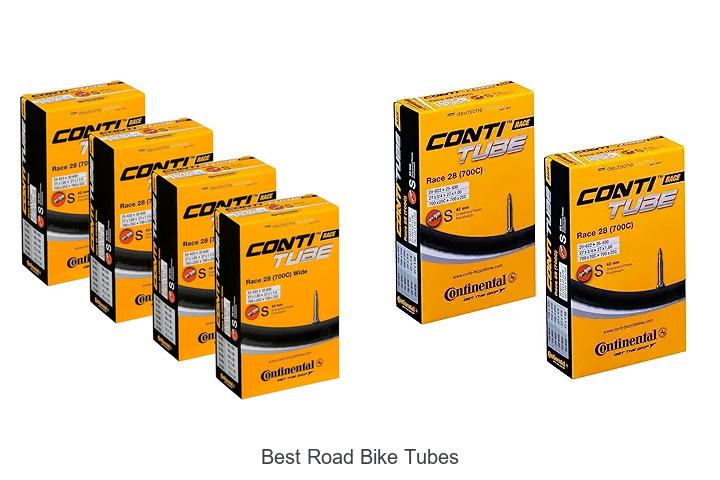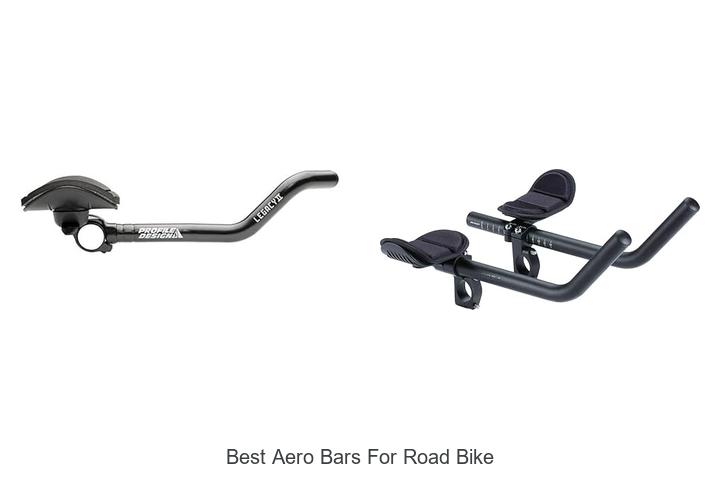How to Fill Road Bike Tires: Easy Steps for Perfect Pressure
Getting your road bike tires properly inflated is essential for a smooth and efficient ride. Whether you’re gearing up for a long-distance journey or a quick spin around the neighborhood, knowing how to fill your tires correctly can make all the difference. Proper tire pressure improves performance, prevents flats, and extends the life of your tires.
You don’t need to be a bike expert to master this simple yet crucial task. With the right tools and a bit of know-how, you can keep your tires in top shape and enjoy a safer, faster ride every time you hit the road. Let’s dive into the basics of filling road bike tires so you can ride with confidence.
Understanding Road Bike Tires
Knowing your road bike tires helps you maintain the right pressure and improves your ride quality. Different tires require different care based on their types and recommended inflation levels.
Types of Road Bike Tires
Road bike tires mainly fall into three categories:
- Clincher tires: Most common; use an inner tube and bead that hooks to the rim.
- Tubular tires: Sewn closed around an inner tube; glued directly to the rim.
- Tubeless tires: No inner tube; rely on an airtight seal between tire and rim.
Each type needs different inflation methods and pressures. Clinchers typically inflate via a valve on the tube, tubeless tires use sealant and special valves, while tubular tires are less common and require careful gluing.
Importance of Proper Tire Inflation
Proper inflation affects your bike’s performance and safety. Correct tire pressure:
- Reduces rolling resistance for faster rides.
- Prevents pinch flats and punctures.
- Enhances grip and control on varied surfaces.
- Extends tire and tube lifespan.
Using a gauge to check pressure regularly ensures your tires meet manufacturer recommendations, generally between 80-130 psi for road bikes, depending on weight and road conditions. Overinflation risks harsh rides and blowouts; underinflation causes poor handling and increased wear.
Tools Needed to Fill Road Bike Tires
Filling your road bike tires requires specific tools to ensure accurate pressure and a secure fit. Using the right equipment makes the process efficient and prevents damage to your tires and tubes.
Choosing the Right Pump
Select a pump designed for high-pressure inflation, such as a floor pump or a hand pump with a pressure rating above 130 psi. Ensure the pump head matches your valve type—Presta or Schrader—to avoid air leakage. Pumps with a secure locking lever and a stable base provide better control and consistent airflow. Portable pumps offer convenience for on-the-road adjustments but may require more effort compared to floor pumps.
Using a Pressure Gauge
Use a pressure gauge built into your pump or a separate digital or analog gauge calibrated for high pressure. This tool delivers precise readings within the 80-130 psi range typical for road bike tires. Check the pressure before and after inflation to avoid underinflation or overinflation. Reliable gauges improve tire performance and lower the risk of punctures by ensuring consistent pressure maintenance.
Step-by-Step Guide on How to Fill Road Bike Tires
Follow these steps to inflate your road bike tires accurately and efficiently, ensuring optimal performance on every ride.
Preparing the Tire and Valve
Start by inspecting the tire for visible damage like cuts or embedded debris. Remove any dirt or small stones to avoid compromising the valve or tube. Identify your valve type—Presta or Schrader—since the inflation method depends on it. For Presta valves, unscrew the small locking nut at the top, then press it briefly to release a tiny burst of air; this confirms the valve is free. For Schrader valves, remove the valve cap and ensure the valve core is clean and unobstructed.
Inflating the Tire to the Recommended Pressure
Attach the pump head securely to the valve, using an adapter if necessary. Use a high-pressure floor pump equipped with a pressure gauge for accuracy. Pump air steadily while monitoring the gauge to reach your tire’s recommended pressure, typically between 80-130 psi for road bikes. Apply consistent force and pause occasionally to check the pressure, preventing overinflation. If you feel resistance or hear air escaping, ensure the pump head is properly sealed against the valve.
Checking for Proper Inflation
Once the pressure matches the recommended range, detach the pump carefully to avoid sudden air loss. Press the tire sidewall to confirm firmness; it should feel firm but not rock hard. Spin the wheel and inspect for any bulges or irregularities that indicate uneven inflation. Reinstall the valve cap securely—especially for Schrader valves—to protect the valve and maintain pressure. Repeat the process on the other tire for balanced performance.
Common Mistakes to Avoid When Filling Road Bike Tires
Avoid using pumps that do not match your valve type, as mismatched pumps cause air leaks and inefficient inflation. Skip inflating without a pressure gauge since guessing tire pressure leads to overinflation or underinflation. Neglecting valve checks before pumping risks damage or improper sealing, reducing tire performance. Overinflate tires beyond the recommended psi, creating a harsh ride and increasing the chance of blowouts. Underinflate tires below the recommended psi results in increased rolling resistance and higher risk of pinch flats. Inflate tires too quickly, which can damage the valve stem or cause uneven pressure distribution. Forget to tighten the valve cap after inflation, leaving the valve exposed to dirt and debris that impair sealing. Inflate tires without inspecting them for damage such as cuts or embedded debris that compromise tire integrity and safety. Use low-quality pumps lacking accurate gauge readings, preventing precise pressure control essential for road bike tires. Ignore environmental factors like temperature changes, which impact tire pressure and require adjustments to maintain optimal inflation.
Tips for Maintaining Optimal Tire Pressure
Check your tire pressure before every ride to ensure consistent performance. Use a reliable pressure gauge, as visual inspection often misjudges firmness. Adjust pressure based on your weight, road conditions, and tire specifications, typically between 80 and 130 psi.
Inspect tires regularly for cuts, embedded debris, or worn tread that affect holding pressure and increase the risk of flats. Replace or repair damaged tires immediately to maintain safety and efficiency.
Keep valve caps tightly secured to prevent dirt and moisture from entering the valve stem, which can cause leaks. Ensure valve nuts on Presta valves are snug but avoid overtightening, which may damage the valve.
Store your bike in a temperature-controlled environment when possible, since temperature shifts cause pressure fluctuations. Check and adjust tire pressure if you experience significant temperature changes, especially during seasonal transitions.
Use consistent inflation practices by slowly pumping air to avoid uneven distribution and potential damage. Recheck pressure after a short ride, as tires may settle and lose some air initially.
Rotate tires periodically if you notice uneven wear patterns between front and rear tires to extend their lifespan and maintain balanced handling.
Conclusion
Mastering the art of filling your road bike tires means you’re in control of your ride’s comfort and performance. With the right tools and a little practice, maintaining proper tire pressure becomes second nature.
Stay consistent with your checks and adjustments to avoid unexpected flats or handling issues. This simple habit will keep your bike running smoothly and extend the life of your tires.
By taking these steps, you’re not just filling tires—you’re investing in a safer, more enjoyable cycling experience every time you hit the road.
Frequently Asked Questions
Why is proper tire inflation important for road bikes?
Proper tire inflation improves performance, reduces the chances of flats, enhances grip, and extends the lifespan of your tires and tubes for a smoother, safer ride.
What is the recommended tire pressure range for road bike tires?
Road bike tire pressure typically ranges from 80 to 130 psi, depending on rider weight, tire type, and road conditions.
How do I choose the right pump for inflating my road bike tires?
Select a high-pressure pump compatible with your valve type (Presta or Schrader) to ensure accurate inflation without air leaks.
How often should I check my tire pressure?
Check your tire pressure before every ride to maintain optimal inflation and performance.
What are the common mistakes to avoid when inflating road bike tires?
Avoid using mismatched pumps, skipping the pressure gauge, overinflating or underinflating, neglecting valve inspection, and inflating too quickly.
How can I tell if my tire is properly inflated?
Feel the tire’s firmness and check for even roundness. It should be firm but not overly hard or soft.
What tools do I need to inflate road bike tires?
You’ll need a compatible high-pressure pump with a pressure gauge and a valve cap to prevent leaks.
Can temperature changes affect tire pressure?
Yes, fluctuations in temperature can cause tire pressure to rise or fall, so adjust pressure accordingly.
How do I inflate different types of road bike tires?
Clincher and tubeless tires require different pressures and pumps; tubular tires need specialized inflation methods detailed in your tire’s guidelines.
How can I extend the life of my road bike tires?
Maintain proper tire pressure, check for damage regularly, store your bike in a temperature-controlled environment, and rotate tires periodically.
